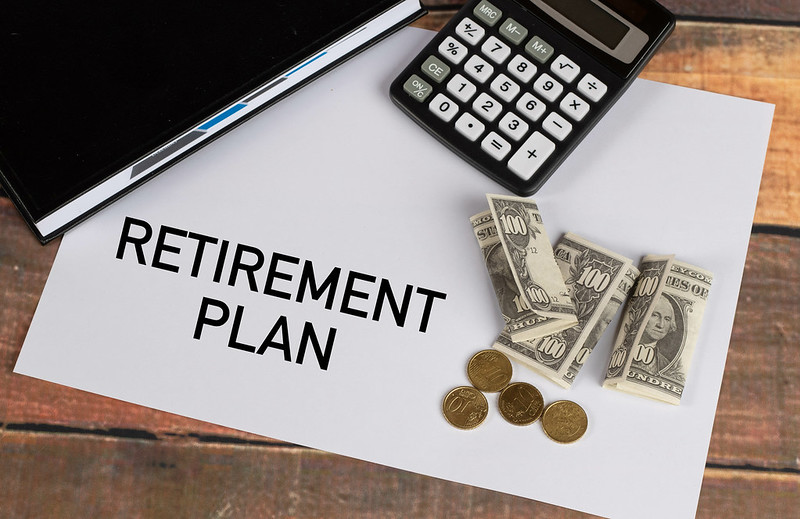Using Retirement Distributions for the COVID-19 Crisis

Courtesy Marco Verch, Flickr
The CARES Act makes several changes to how people can use their retirement accounts during the coronavirus crisis – in particular, how they can use their retirement distributions. These provisions are another way to help people through the financial strain of this year.
Distributions from Retirement Plans
The CARES Act allows retirement distributions from an IRA, 401(k), 403(b) and 457(b) plans (I’ll call these “Retirement Plans” here). You can designate distributions from these Retirement Plans as withdrawals or loans. Generally, qualifying distributions are much more favorable during this period than normal.
Qualifying Distributions
Distributions must be “coronavirus-related distributions” (“CRDs”). That means that the CRD must happen in the calendar year 2020. The CRD must be to an individual
- who is diagnosed with COVID-19
- whose spouse is diagnosed with COVID-19, or
- who experiences financial distress because of being unable to work due to lack of childcare, having work eliminated or reduced, or having a downturn in a business that they own.
There is a self-certification of need. That is, the person receiving the CRD only needs to say that they meet the criteria. They do not need to supply any other documentation.
Limits and Penalties on Retirement Distributions
Before CARES, distributions from a Retirement Plan before you are 59 ½ years old are subject to a 10% penalty. CARES waives this penalty for a CRD. Withdrawals for CRDs are limited to $100,000.
CARES also limits the amount you can borrow from a retirement plan to the lesser of $100,000 or 100% of the money you have vested in the Retirement Plan. This is an increase from the previous limits of $50,000 or 50%. Unlike withdrawals, loans only qualify if you take them out within six months after March 18, 2020.
Taxes and Repayment
All withdrawals from Retirement Plans are subject to income tax. However, CARES allows you to pay the taxes on the CRD over three years. Also, you are allowed to repay your Retirement Plan over three years.
This repayment is not affected by any maximum contribution limits.
For loans, if the Retirement Plan requires that you repay the loan before December 31, 2020, you can delay the repayment date for one year.
Employer Options
The expansions of the ability to withdraw or take loans from the Retirement Plan are not automatic. They need to be in the Retirement Plan – either originally or through a Plan amendment.
Many Retirement Plans already permit some of the CRDs. For example, the Plan may allow a hardship withdrawal or loan or even a repayment of a withdrawal.
If the Retirement Plan does not provide for some of these items, an employer can amend the Plan to allow them. CARES allows an employer to amend its Plan any time before December 31, 2022 (for calendar-year plans) and have those amendments apply retroactively to today.
This means that even if the Plan does not permit a loan (for example), the employer can offer CRD loans now and amend its plan sometime in the next two and a half years.
Required Minimum Distributions
CARES also makes temporary changes to Required Minimum Distribution (RMD) requirements. For the Retirement Plans I outlined above (but not for a defined benefit plan), CARES waives the requirement to take an RMD for 2020. Also, if you turned 70 ½ in 2019, but deferred your 2019 RMD until April 1, 2020, CARES waives that RMD as well.
This leads to a very interesting timing loophole.
If you turned 70 ½ during 2019 and deferred your RMD until 2020, you previously had only until April 1, 2020 to take the RMD. With the CARES Act, that RMD is no longer required.
If you took your RMD from an IRA, the rules would allow you to “refund” the plan as a permitted rollover. But CARES only allows the rollover if you make it within 60 days of the distribution. So, if you took your RMD on January 2, you cannot reverse it. But if you waited until March, there is an opportunity to undo the distribution.
If you want to return your RMD back to the Plan, you must do it within 60 days.
